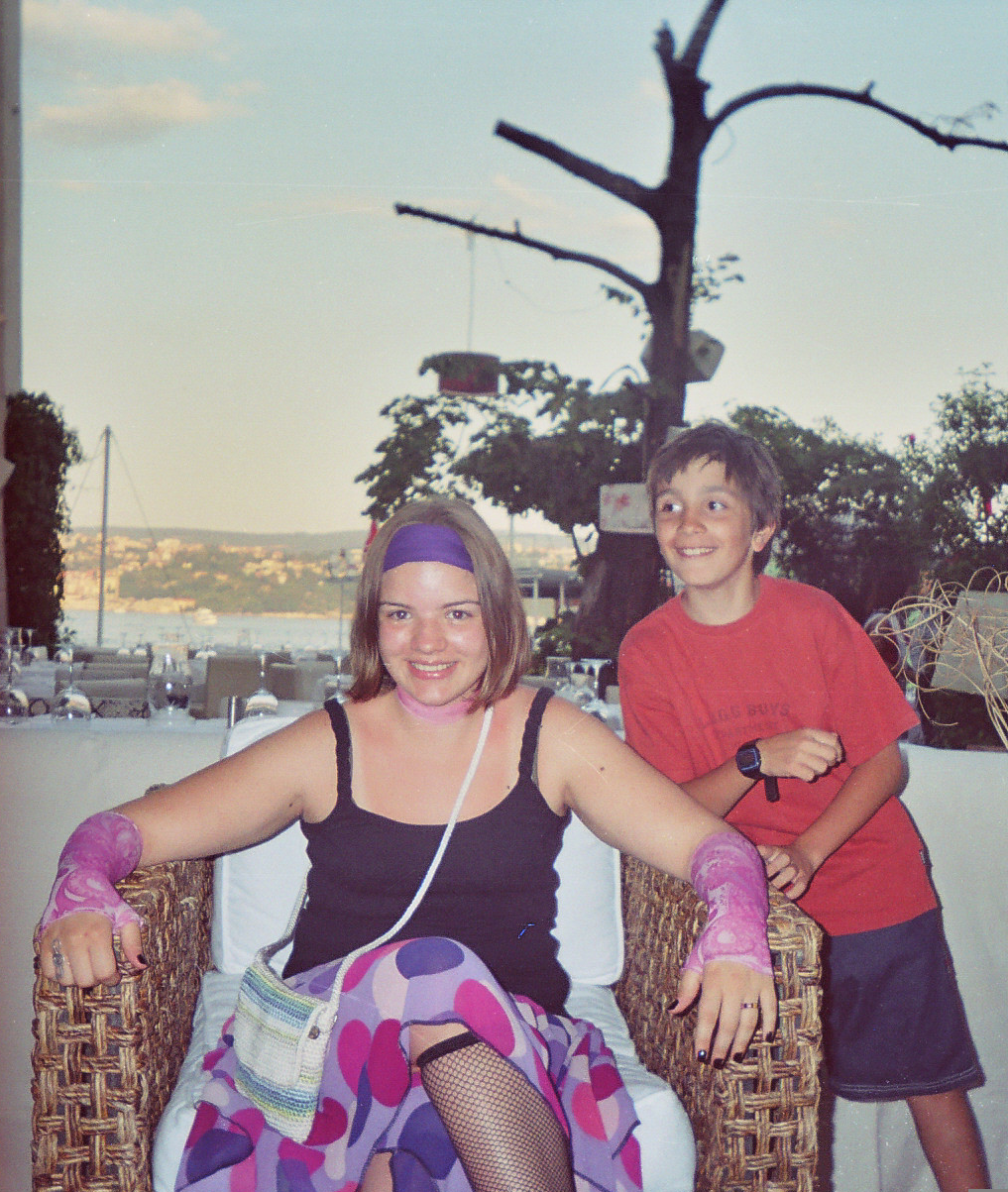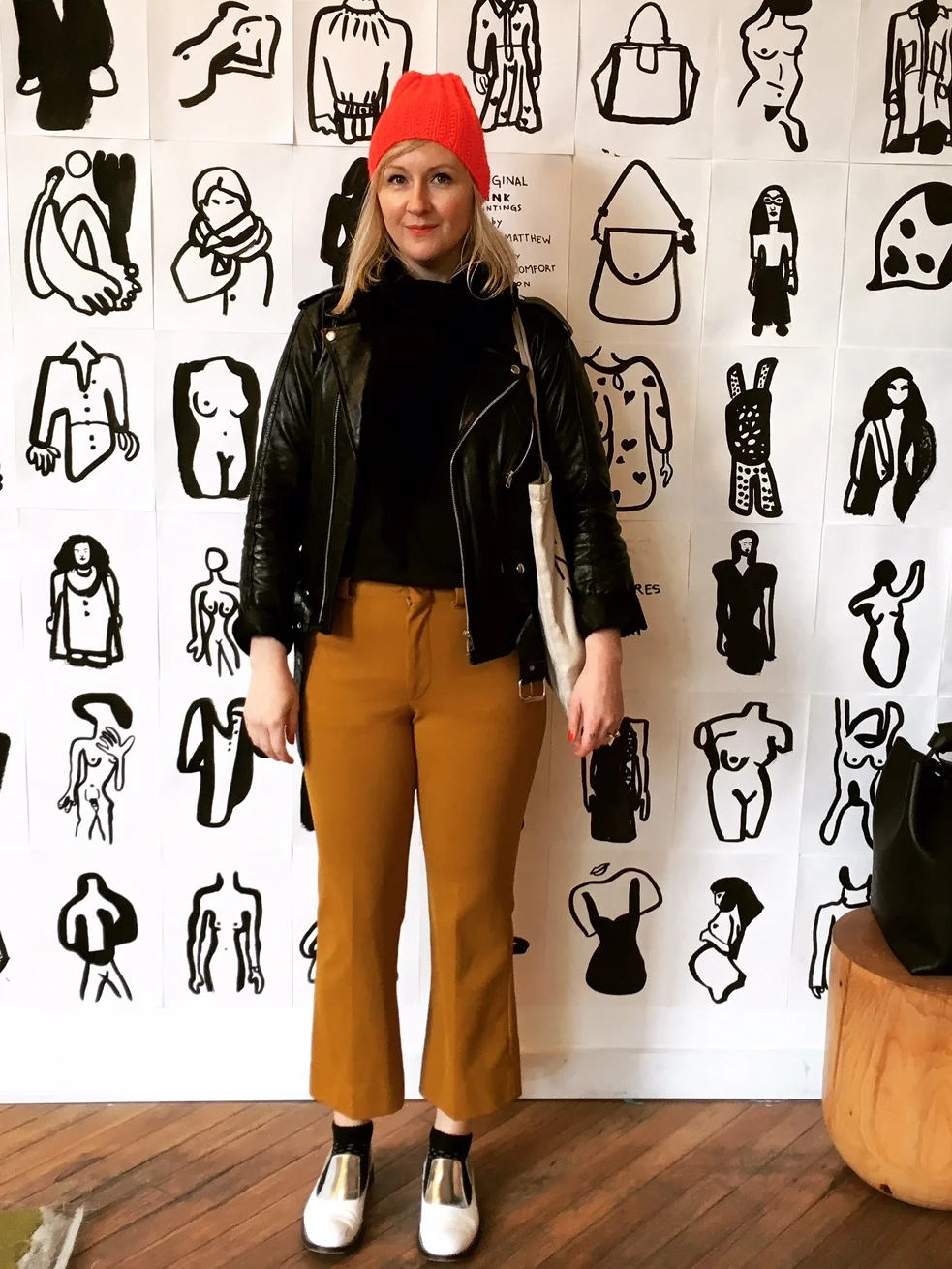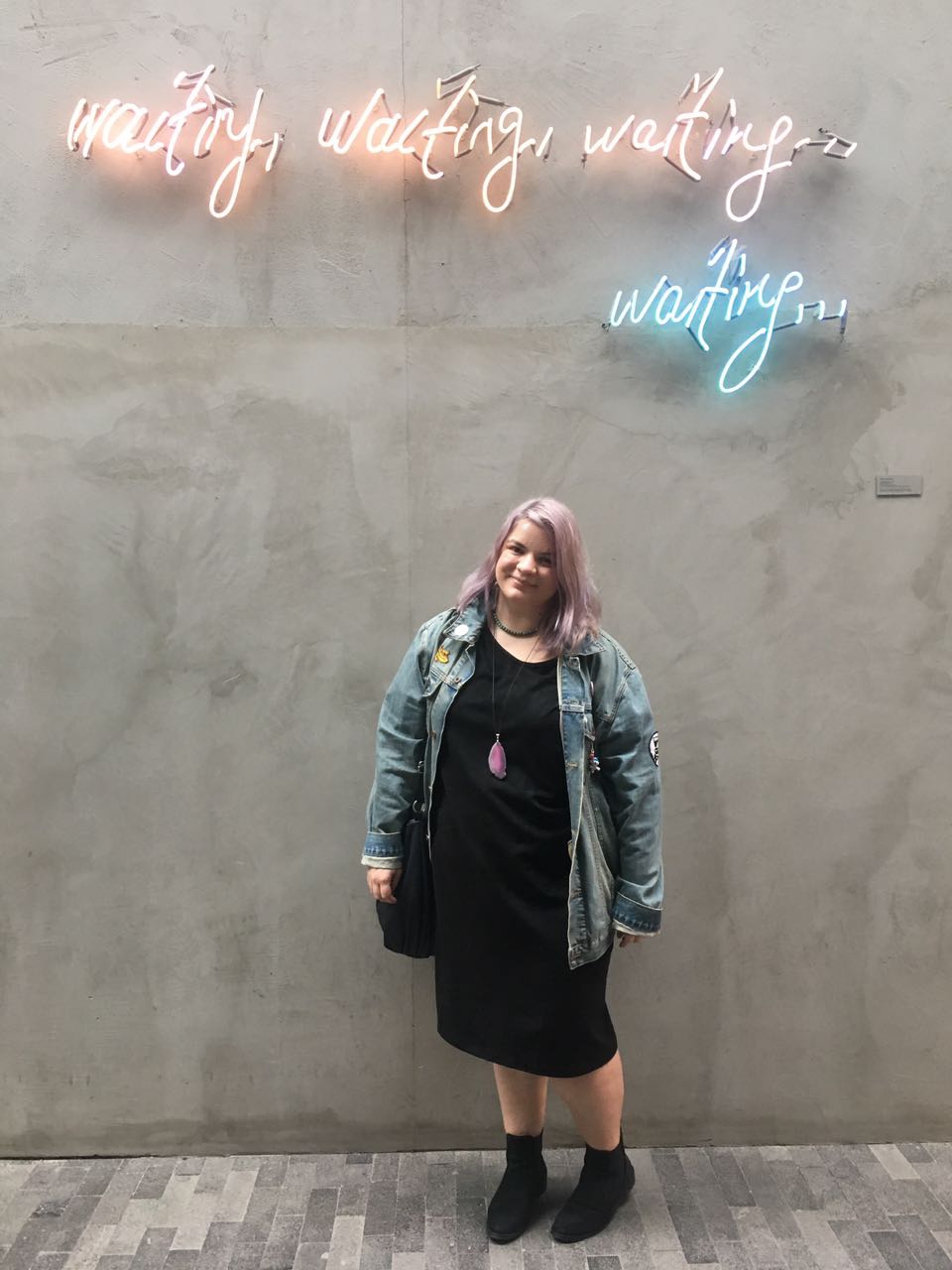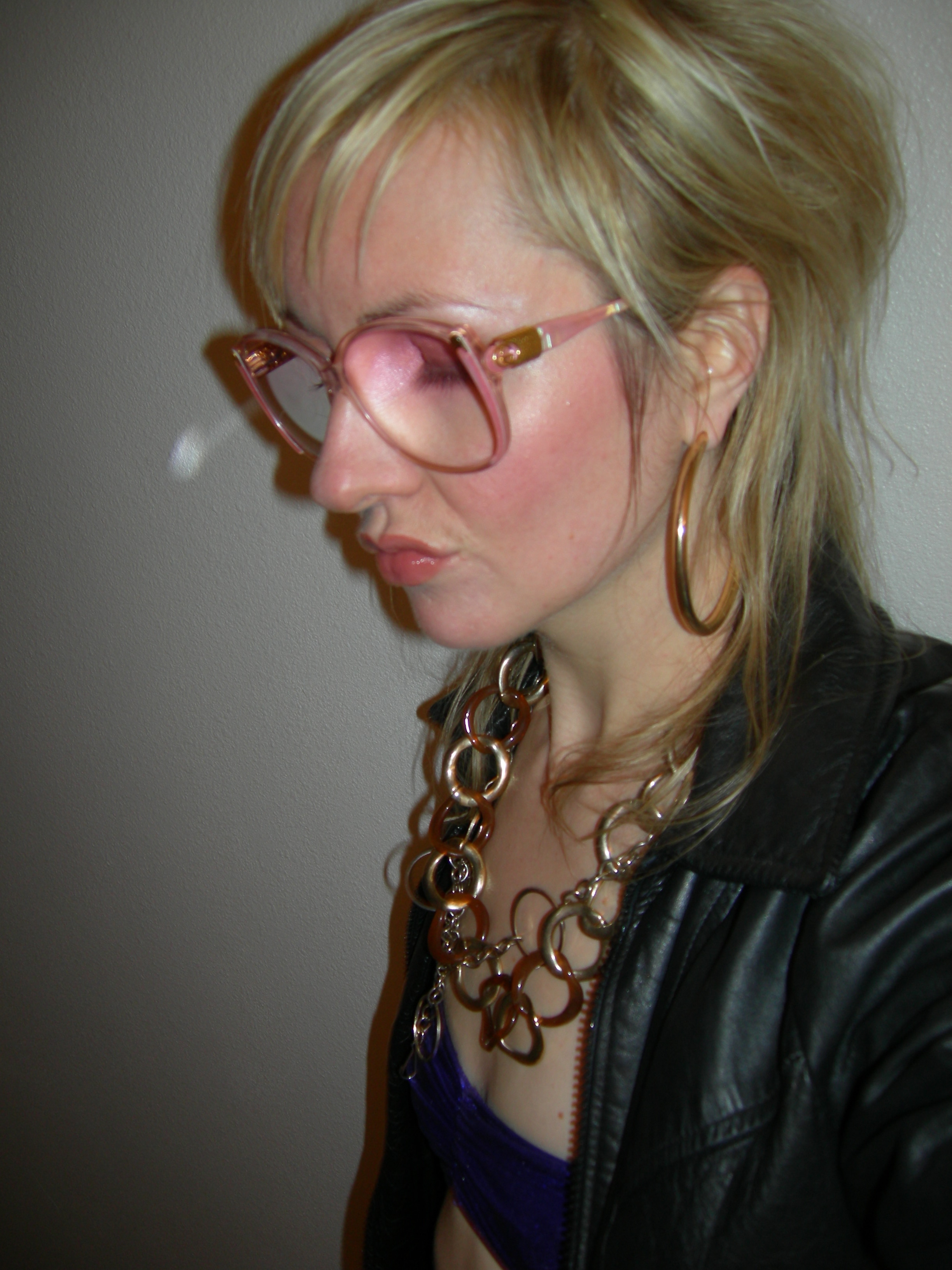Glitter Hive: Cross-cultural Queer Embodiment
Glitter Hive is an ongoing non-linear research project exploring the dress practices of two international queer friends: Colleen, U.S. born and living in New York City, and Eda, living in Istanbul, Turkey, the city of her birth. Using a digital platform to organize their varying methods of inquiry – narrative memoir writing, correspondence, conversation, photo documentation, archival images, a story emerges of how queerness is experienced cross culturally. Below is an excerpt of the Glitter Hive research project for The Fashion Studies Journal.
Colleen: We met in grad school and pretty quickly recognized each other as queer. We are ten years apart in age and grew up in different parts of the world, yet there was some type of code that we both recognized. So how did you know I was queer?
Eda: I sat there in the back eyeing what I could see of the others, trying to figure out who would be my friends when you walked into the room and my brain went "HER". What I saw was you wearing your white t-shirt dress with the rose print on, black booties, a peacock feather tattoo, and an annoyed expression which I would later learn was your default expression at 9 am. You sat on my right, and about five minutes after that, it was your turn to introduce yourself to the class. "Growing up as a queer kid in Portland..." were the first words I heard your voice say, and I smiled with a sense of confirmation. How had I known? The first answer that honestly comes to my mind is that I thought you looked cool. I know this is not exactly quantifiable, but I’d say it’s probably because I recognized something in you that I had in me.
Colleen: Aw, you thought I was cool! I first noticed you in Fashion Practice class and I was curious if you were queer. I think it was that ambiguous quality of not fitting the norm. Your queerness was confirmed when you came to class wearing a pink unicorn scarf.
Eda: How did you first understand what queer was? What did/does it look like for you?
Colleen: My exposure to “queer” was a gradual unfolding and mostly can be traced back to alt/ punk and riot grrrl music/culture of the Pacific Northwest. This was also a pretty specific Pacific Northwest, young, white, mostly cis-female type of vibe with andro style carryover from 70s lesbian feminism (think Andrea Dworkin with her overalls and Birkenstocks).
During college is when I really started to understand this thing called queer. I was in gender studies, studying feminism in depth and meeting people who identified as radical and queer. When I moved back to Portland after graduation is when I really started developing a sense of queer community. The scene was pretty masc4masc at the time and not femme-friendly at all. And there was a lot of genderfucking too and sex positivity, fat positivity. Later queer femme dressing really became a point of pride, like the wilder the better. In this context, identifying as queer femme and dressing in a way that really embraced all the things I love(d) about femininity became a radical act. It was like, hey I love some of these things and I can leave the rest and feel powerful and strong and sexy.
Eda: I think where I was first exposed to queer images was, in a nutshell, Western media. Boring I know, but it’s the truth. I can’t pinpoint when and where I came across the word queer and adopted this non-identity as my own; but my relationship with it developed first through the internet, then through academia.
To me, queer manifests through the refusal of norms in my dress; refusal of gendered clothing, refusal of what’s considered “flattering,” of age-appropriate and respectability politics. I’m fat, and while my fatness is more of a fact than an identity, my fatness is also queer. The body on which my queerness manifested as dress practice was a queer body, and they grew into each other as I grew.
Colleen: How would you describe your style now? How has it changed?
Eda: My style has hit a point of just being “me” after I stopped trying to be everything else. I've always described it as “a five year old drag queen”—it's kind of a “it's funny cause it's true” type situation. Lately, I’ve become so much more immersed in the concept of sustainability for fashion, and how that could be achieved. Combined with an effort to explore what “professional dress” means within my style, that suddenly meant a turn towards basics for me. I do still dress like a cartoon character.
New York was a very important place for me, because of the anonymity. In Istanbul, people stare. They stare no matter what, but if you do/are something a little out of the ordinary, oh boy. The first time I dyed my hair green people literally pointed and shouted “what is that?” It was nice being in New York and having that space to grow so I could come back and not care who was looking.
Colleen: I totally get the sustainability/basics connection, same! My style these days is very much this mix of minimalist silhouettes with something a little off, sparkly, artsy. If it’s basic black sack dress then the shoes are doing something, the jewelry is doing something. Sometimes the odd cut of something speaks for itself. This is pretty different from my days of wild femme style, but those references are still there. I still like to work those hard and soft edges, it’s just a little more grown up now.
Colleen: What do you hope to get out of this project?
Eda: Well, when we were both working on our MA theses, we realized that there was still much to be said about everyday queer dress, not just the black and white but the glitter, the pain and anger of it. In fact, it was your voice that encouraged me to be one of the queer voices that had a say in the subject. In that sense, this project to me is both a continuation of the academic and emotional work we put into our theses, and not a project at all; it is correspondence with a dear friend. It is thinking out loud and bouncing ideas off of each other and watching them turn into something else entirely as we often did in breaks we took from studying, as sometimes the best work happens when you're not trying.








